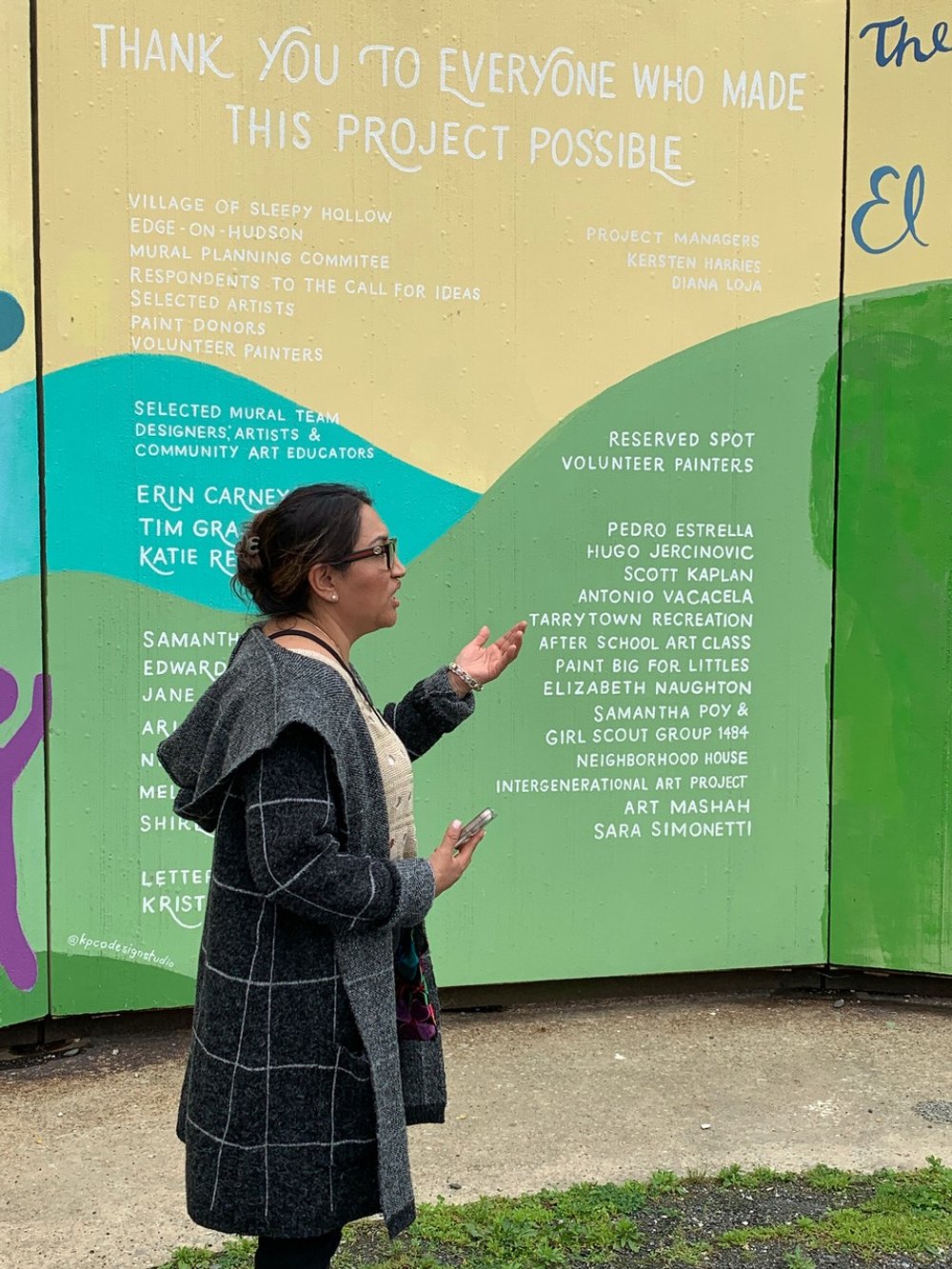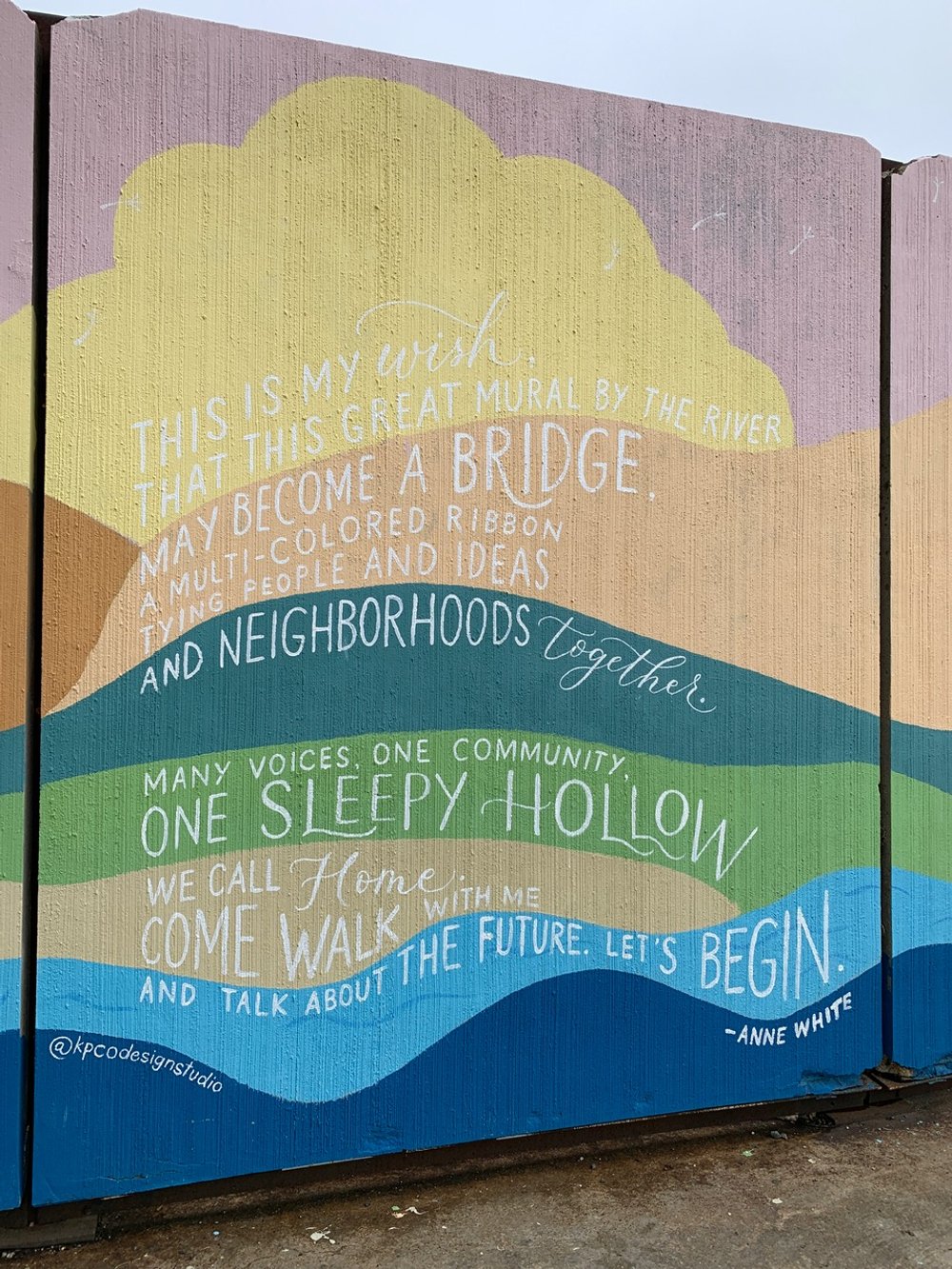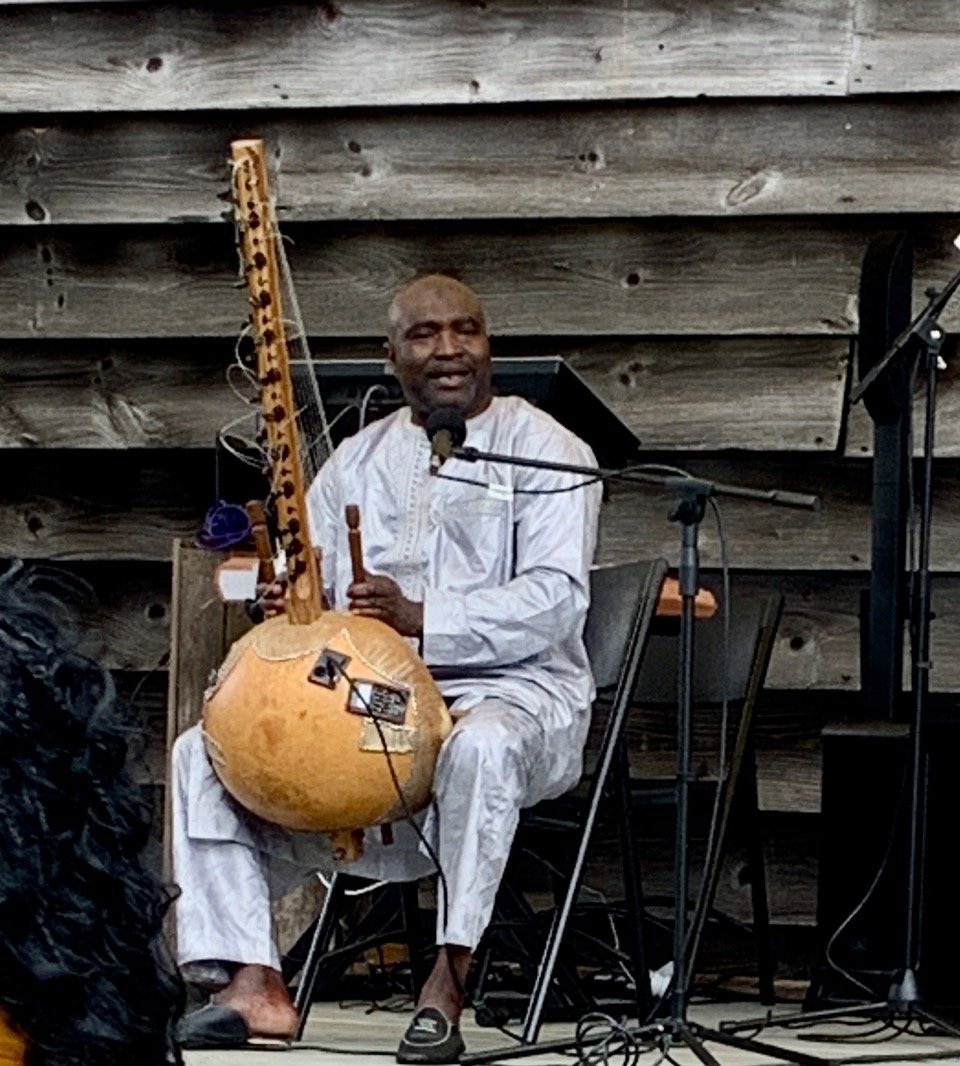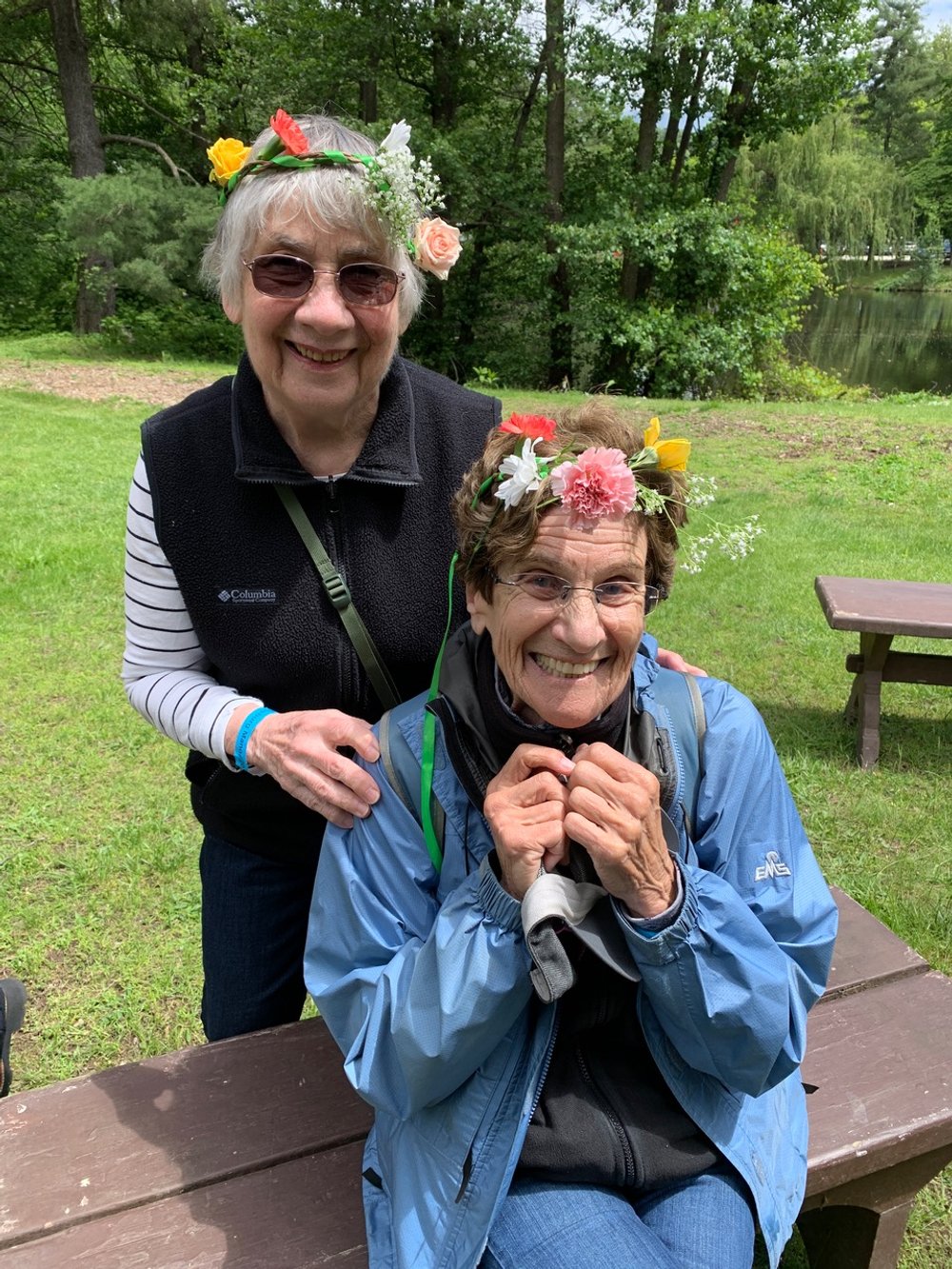5 of the Oldest Jokes in History
For as long as humankind has existed and suffered, we’ve also laughed. Humor—and jokes, specifically—have long been a part of socio-anthropological culture, whether as a way to poke fun at the powerful or just to be plain silly. Even toilet humor, however gross, has often played a significant role in day-to-day life, amusing and shocking listeners with taboo topics. From the earliest days of civilization, laughter has brought people together despite their differences, serving as a tool for both enjoying life and bonding with one another. Here are some of the oldest jokes in history, observations and witticisms that made people laugh thousands of years ago.
The Oldest Recorded Joke
The oldest joke on record dates back to 1900 BCE in ancient Sumer, the earliest known civilization in Mesopotamia. Rather than a conventional setup and punchline structure, the joke is more of an observation: “Something which has never occurred since time immemorial; a young woman did not fart in her husband’s lap.” The double-negatives throw in a bit of confusion, but the joke gets at a primary urge to hide certain imperfections from a romantic partner.
The First “Walked into a Bar” Joke
The Sumerians are also credited with the first-ever “walked into a bar” joke, dating to around 1983 BCE. It goes: “A dog walks into a bar and says, ‘I cannot see a thing. I’ll open this one.’” Though we’re all familiar with bar jokes—and the odd characters and animals who just so happen to walk into them—no one can quite parse the meaning of this Sumerian joke, or why it was funny. There are amateur theories ranging from the Sumerians appreciating (as we do now) “random humor,” or the dog’s blindness being some kind of pun. Until we have a time machine, it’s likely to remain a mystery.
The First Joke in English
A book of Anglo-Saxon poetry from the 10th century includes what researchers believe could be the first recorded joke in the English language: “What hangs at a man’s thigh and wants to poke the hole that it’s often poked before?” The punchline? Get your mind out of the gutter: “A key.” A lot of early humor relied on puns and presumed lewdness—the assumption that the answer to a joke would be filthy, only to have the expectation flipped in the punchline. That degree of surprise and awareness of your own assumptions often and still leads to laughter.
An Ancient Joke Book
A fourth-century CE joke book from Greece known as Philogelos (The Laughter-Lover) is the oldest known collection of jokes. The work is credited to two unknown writers, Hierocles and Philagrius, as a series of “jest”witty quips and moments of situational comedy. One example is this joke about a haircut: “Asked by the court barber how he wanted his hair cut, the witty fellow replied: ‘In silence.’” More than a thousand years later, it’s a sentiment so relatable, it’s likely to bring a smile to your face.
Ancient Stereotypes
Frank observations about men and women—and their relationships—have long made people laugh. Case in point: this ancient Egyptian joke from 30 BCE, which pokes fun at the cost of courtship: “Man is even more eager to copulate than a donkey—his purse is what restrains him.” The joke appeared in an ancient papyrus Egyptian text known as the Instruction of Ankhsheshonq. It’s more of a wry instruction (as per the name of the document), found alongside other amusing notes on donkeys, such as: “If a crocodile loves a donkey it puts on a wig.” That one is more of a thinker, but perhaps it’s getting at the way we change for those we love.
Source: historyfacts.com













































































